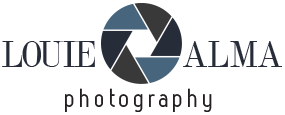I had brunch with David Beckham and found out how he spruces up his coffee at home – it’s such a sophisticated hack
You too can brunch like Beckham





